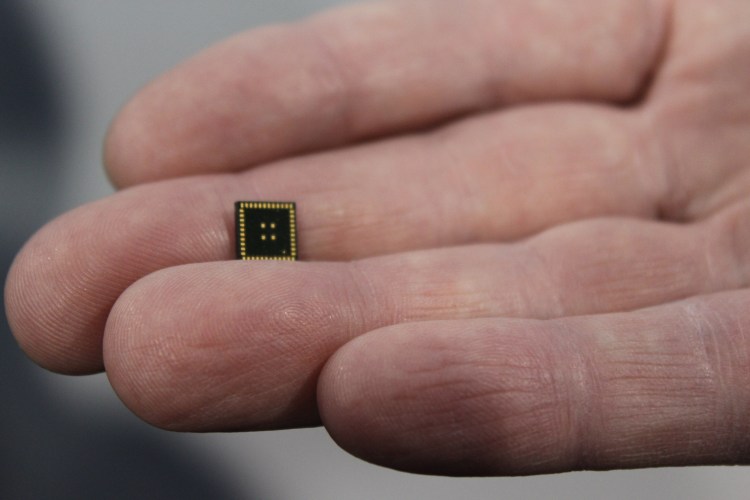While the phrase “Silicon Valley” was coined in 1971, it took almost 10 years for it to stick.
The heyday of semiconductor innovation gave rise to the PC era in the 80s, and hardware companies began sprouting up across the Valley.
When the Internet emerged in the late 90s, the population of newly sprouted millionaire Internet and software entrepreneurs soared amidst the semiconductor and hardware stalwarts. Investors came flocking, as they were able to put up less money and get a bigger payoff in a shorter amount of time than previously possible in the hardware tech sector. Then, of course, the bubble burst and the dust settled.
But what happened back then — the funding gap between hardware and software — is in many ways happening again. This time, mobile devices and tablets are widening the gap even further. With the migration of higher computing power to the smartphone, there are more opportunities for entrepreneurs to reach consumers with their applications or software and return larger profits faster.
And yet again, Silicon Valley investors and engineers are ignoring core technology innovation — at their own peril.
It’s time to rethink how we approach this industry so we can bring financial velocity to hardware-based companies and put the Silicon back in Silicon Valley, enabling it to lead the resurgence in core technology innovation and support the growth of the Internet of things.
A recent New York Times Magazine article that has been churning up opinions on both sides in the Valley encapsulates the current state of the hardware/software gap well. The author, Yiren Lu, points out that semiconductors, data storage and networking are being ignored by young engineers. But without a good router, you can’t use Dropbox and without Nividia‘s graphics processing unit, there won’t be any laughs about your BuzzFeed GIF.
Were mobile devices simply becoming smarter, incremental upgrades to the existing infrastructure might suffice. However, there is a whole new breed of devices further connecting people to the cloud. “Appcessories,” or wearable devices that connect bioinformatic sensors and location information about a person to or through their phone (and soon directly to the cloud), are just starting to proliferate.
As mobile devices become the dominant computing platform, data and processing are increasingly being pushed into the cloud. Simultaneously, the cloud extends beyond just smart phones and computers into wearables, the home, the car, ad infinitum — the Internet of things. The corresponding hardware, software and energy infrastructure to run and manage all these communications requires true innovations that build upon one another to grow exponentially along with the market demands.
But this means trouble for Silicon Valley, because the VC model for core technologies is broken.
For too long now, and justifiably so from the investors’ point of view, dollars have flowed to apps and consumer devices — to the detriment of innovation in core technologies.
Mass consolidation of potential hardware company acquirers, an extinct IPO market for these companies, and rising development costs destroyed the ecosystem for investors, entrepreneurs, and the surviving industry leaders. Investors need exits, entrepreneurs need acquirers, and industry leaders need startups — their lifeblood for innovation. So no wonder core innovation languishes.
Some steps are being taken to right the ship. By necessity, industry leaders are loosening their purse strings and making more strategic investments. Exceptionally bold entrepreneurs are exploring new funding models. And traditional VC investors … well, they are largely waiting for the returns to appear before jumping back in wholeheartedly.
More needs to be done, now. The break in the ecosystem needs to be attacked directly by pioneering new funding models, creating new alliances and by daring to deploy capital, operate in a “capital-light” manner, fail quickly, and innovate constantly.
A veteran of the semiconductor and hardware industry in diverse roles including IC design (at Intel), business development (at Applied Materials) and IP litigation (at Fenwick and West), Angel is now focused on reinvigorating the funding ecosystem for semiconductor and hardware, to help foster innovation in Silicon Valley. He’s currently heading up SK Telecom Americas’ SKTA Innovation Accelerator.
VentureBeat's mission is to be a digital town square for technical decision-makers to gain knowledge about transformative enterprise technology and transact. Learn More


![Reblog this post [with Zemanta]](http://img.zemanta.com/reblog_e.png?x-id=f6988405-0da9-473b-bc08-81c9e6d53e82)
